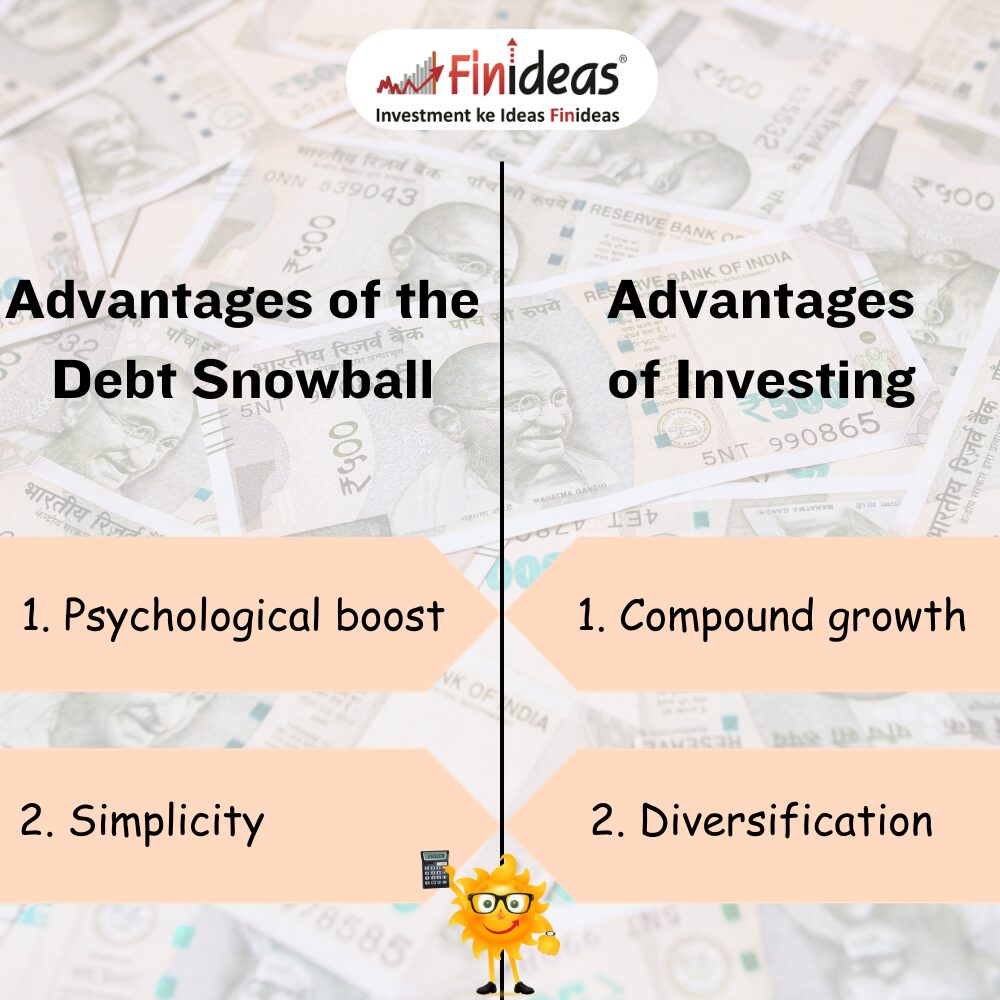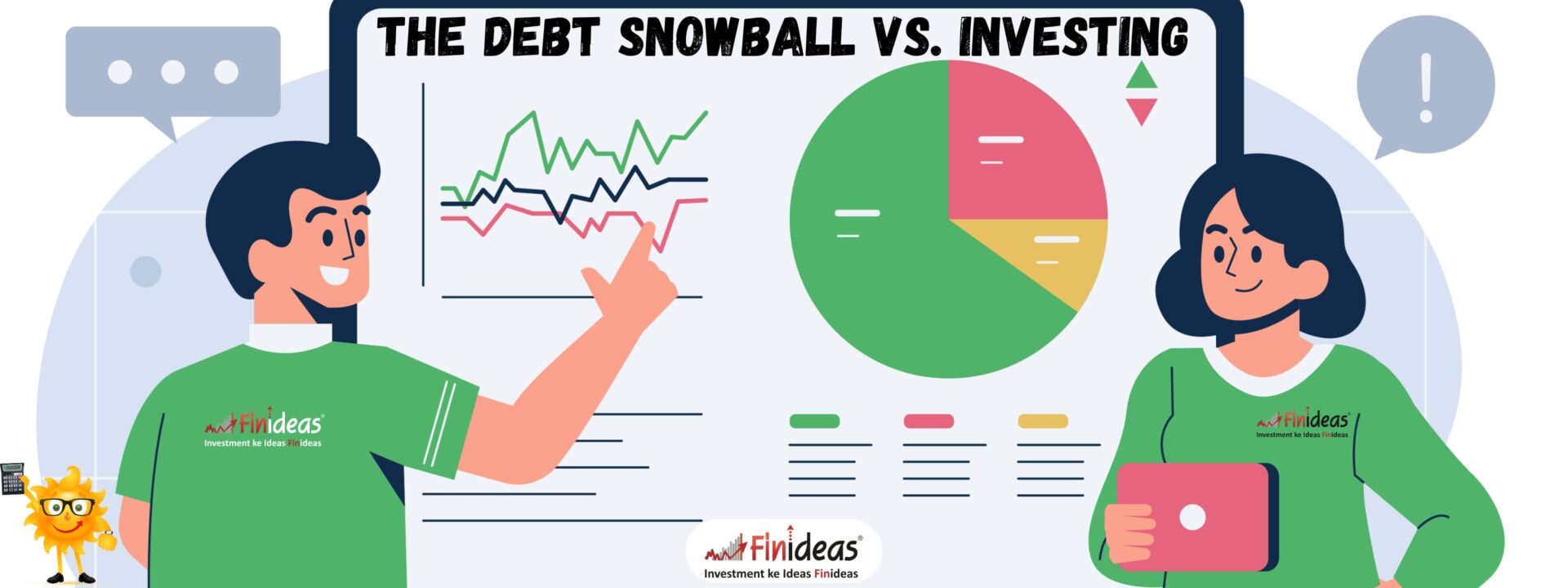The Debt Snowball vs. Investing: Which Approach Makes More Sense for You?
Introduction:
When it comes to managing finances, two popular strategies often take center stage: the Debt Snowball and Investing. Both approaches have their merits and can significantly impact your financial journey. In this blog post, we’ll delve into the key principles of each method, explore their advantages and disadvantages, and help you decide which one aligns better with your financial goals.
The Debt Snowball Method:
The Debt Snowball method, popularized by financial guru Dave Ramsey, focuses on paying off debts in a systematic way. The basic idea is to list your debts from smallest to largest, regardless of interest rates. Start by paying off the smallest debt first, then roll the money you were paying on that debt into the next one, creating a snowball effect. This method aims to build momentum and motivation as you eliminate smaller debts, making it easier to tackle larger ones.
Advantages of the Debt Snowball:
- Psychological boost: Successfully paying off smaller debts quickly provides a psychological boost, keeping you motivated to continue the journey.
- Simplicity: The Debt Snowball method is straightforward, making it easy for anyone to follow.
Investing:
On the other hand, investing involves putting your money to work in various financial instruments with the goal of earning a return. This approach recognizes the power of compound interest and long-term growth, often leveraging the benefits of the stock market.

Advantages of Investing:
- Compound growth: Investing allows your money to grow over time, taking advantage of compounding returns.
- Diversification: By investing in a variety of assets, you spread risk and increase the potential for returns.
Which Approach Makes More Sense for You?
The answer depends on your financial situation, goals, and risk tolerance. If you have high-interest debts, using the Debt Snowball method can provide a sense of accomplishment and eliminate financial stress. On the other hand, if your debts have lower interest rates, investing may offer better long-term returns.
As we navigate the paths of debt repayment and investing, it’s essential to understand our audience’s preferences. Which financial approach resonates with you more – the Debt Snowball or Investing? Share your thoughts in the comments below and let’s learn from each other’s experiences.
For those inclined towards investing, adopting a long-term strategy with a focus on index funds can be a prudent choice. Index funds track a specific market index, providing diversification and stability over time. Consider referencing the “Index Long-Term Strategy” as an additional layer to your investment approach, allowing your money to grow steadily with the overall market performance.
Conclusion:
In the ongoing debate between the Debt Snowball and Investing, the key is finding the right balance that suits your financial goals and circumstances. Whether you choose to eliminate debts one by one or invest for long-term growth, the ultimate aim is financial well-being and security. Remember, personal finance is just that – personal. Evaluate your situation, set realistic goals, and make informed decisions that align with your unique financial journey.
Happy Investing!
This article is for education purpose only. Kindly consult with your financial advisor before doing any kind of investment.

